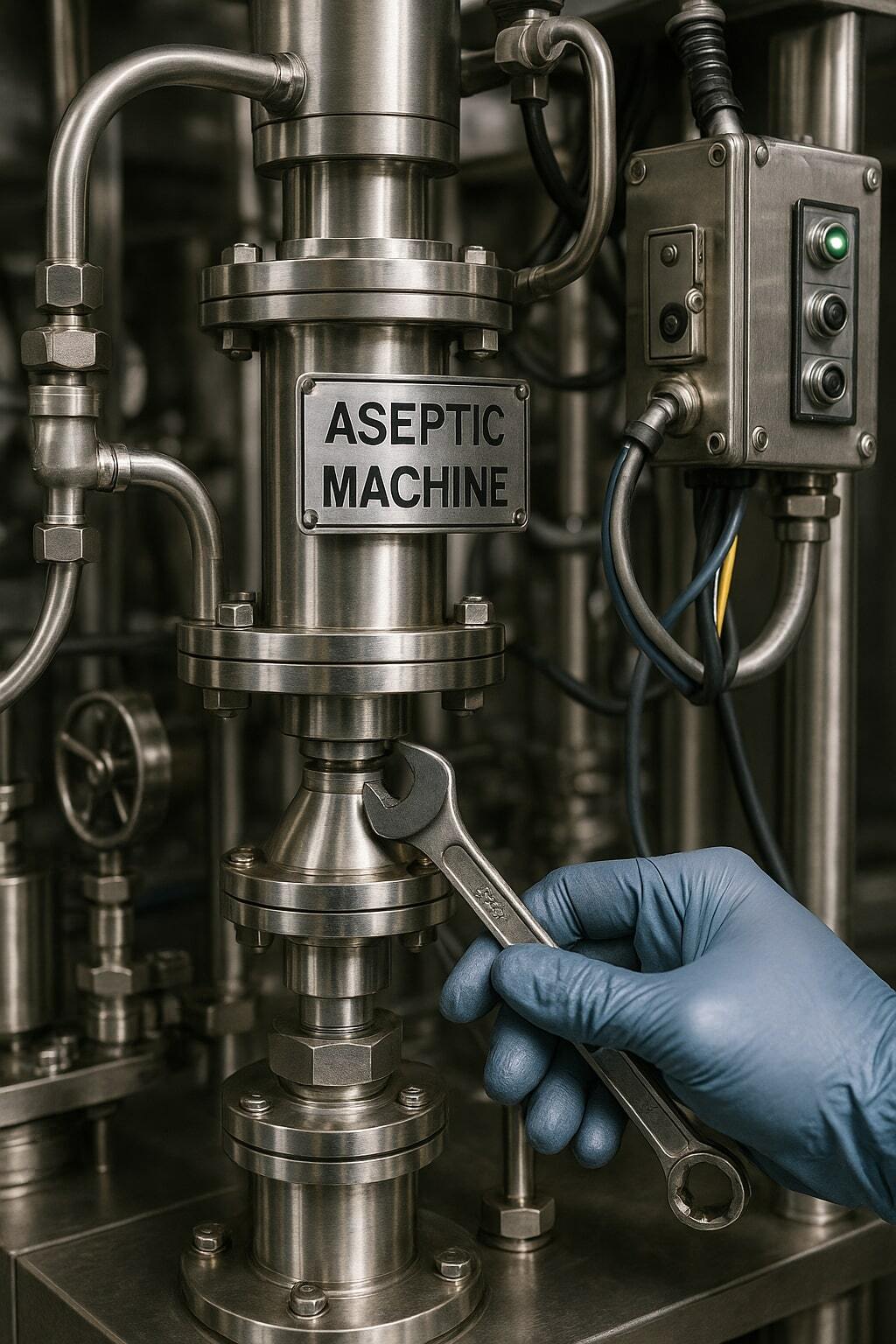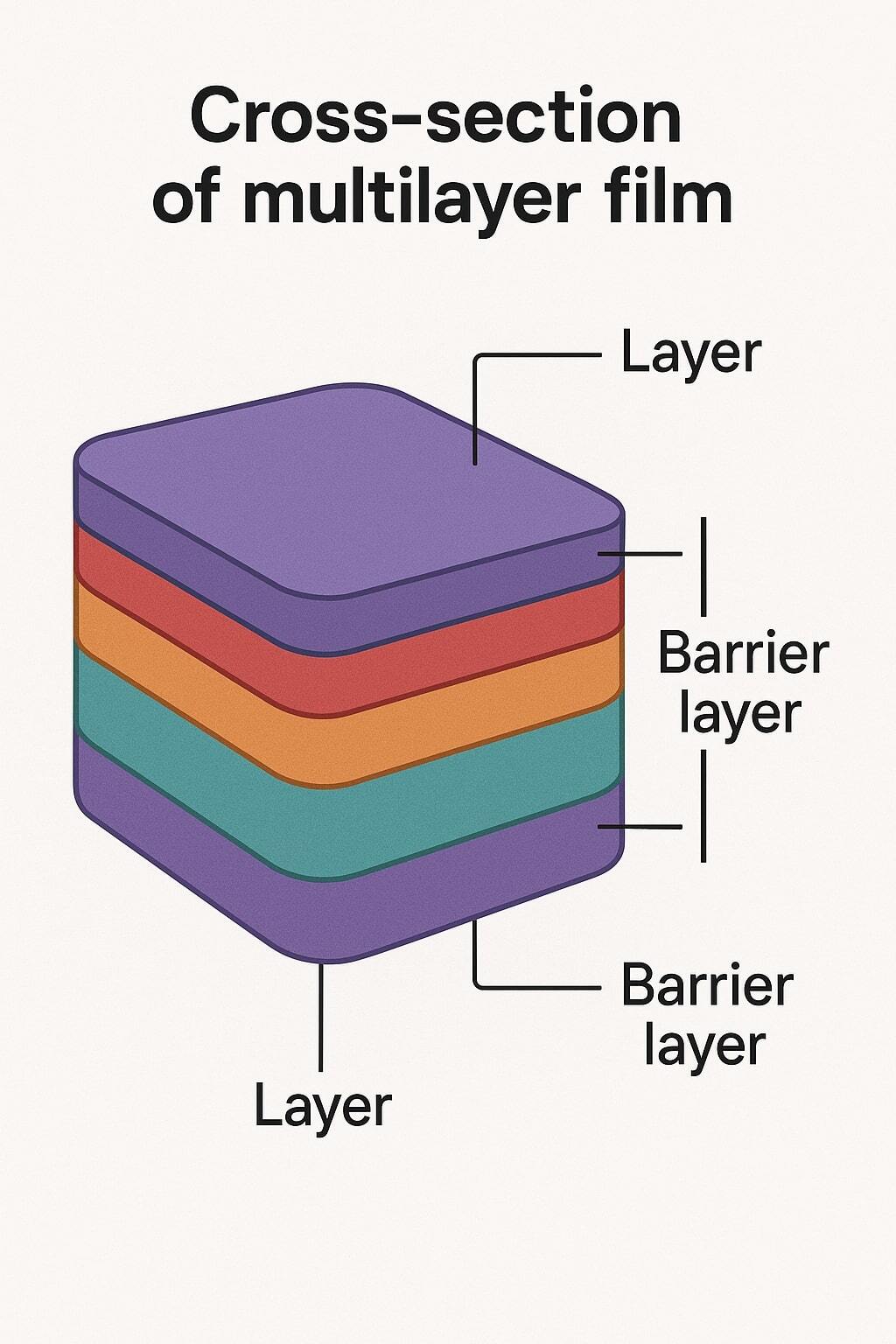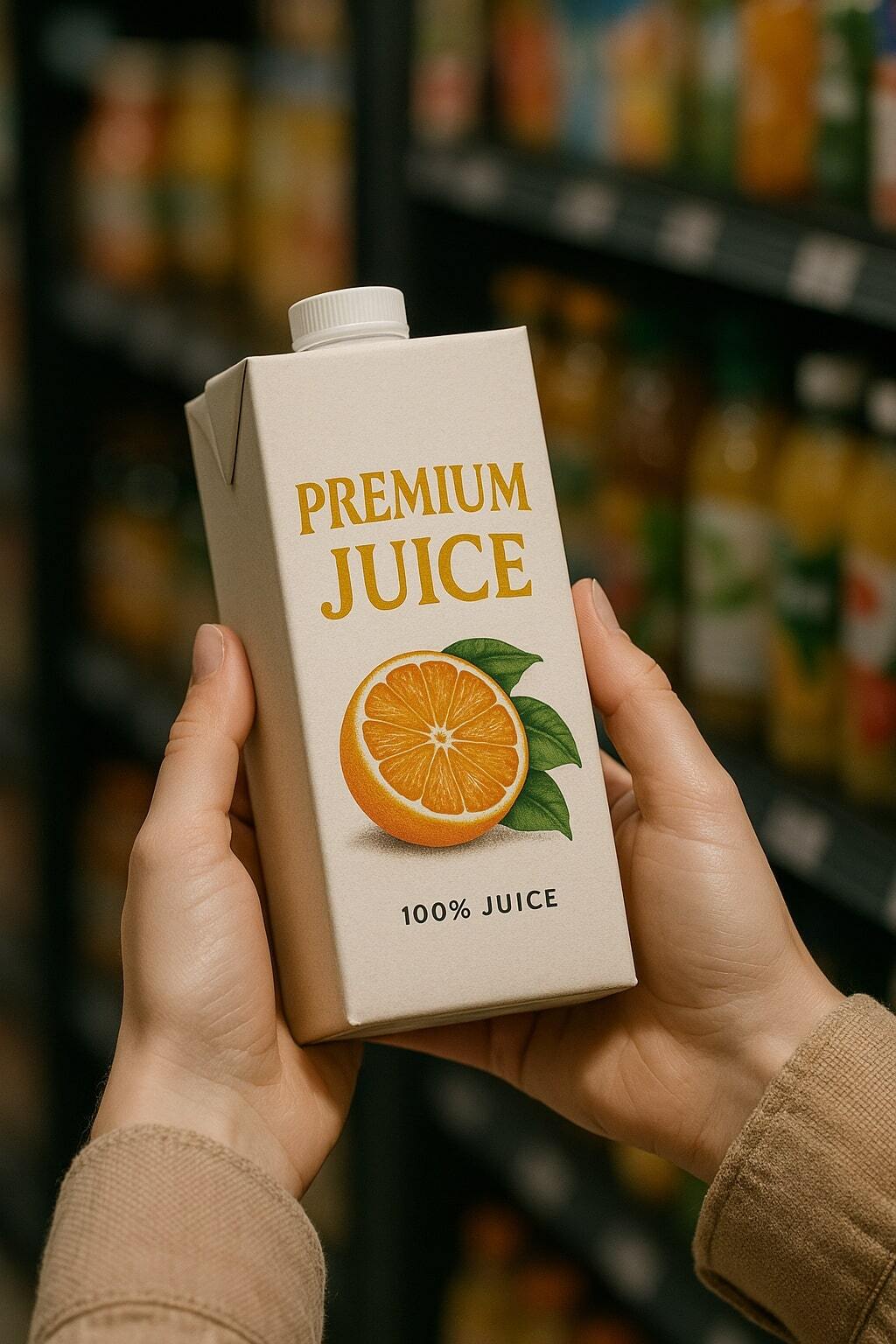Strict Sterilization Requirements
Every component—the packaging, product, and environment—must remain contamination-free during filling and sealing. Even a brief lapse in hygiene or filtration can compromise a full batch. Partner only with facilities that maintain validated aseptic certifications and continuous monitoring systems.





